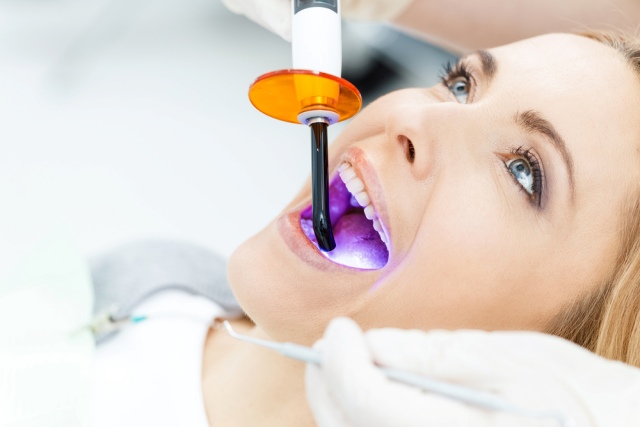Do you often find yourself worrying about your teeth? If so, it’s not just because you’re a little OCD – there’s a good chance you have yellow teeth because of aging, but blue teeth can also be the result of a number of factors. In this article, we’ll take a look at some of the most common causes of blue teeth, and what you can do to prevent blue teeth from happening in the future.
A beautiful grin may make a huge difference in one’s self-confidence and appearance. The beauty of a smile can be diminished by a frequent dental condition called tooth discolouration or blue teeth. In this post we will examine the numerous reasons why teeth become discoloured and go over practical methods for developing and keeping a whiter, brighter smile.
The Causes of Blue Teeth
Teeth discolouration can be caused by a number of intrinsic and external factors. Extrinsic discoloration affects the enamel, the tooth’s outer layer, whereas intrinsic discoloration refers to alterations that take place within the structure of the tooth itself. As a metaphor, the phrase “blue teeth” emphasises the need of dealing with discolouration problems and returning teeth to their naturally white appearance.
Blue teeth are a common cosmetic problem, and there are many possible causes of blue teeth. Some of the most common reasons for teeth discoloration include:
- Damage to the tooth enamel from acids or other substances in your diet or drink
- Medications (especially some dental anesthetics)
- Poor oral hygiene
- Genetics
- Dental Trauma
- Infection
- Exposure To Antibiotics As A Fetus Or Child
- Old Restorations

What Are Some Treatment Options For People with Blue Teeth Or Gray Teeth?
If you have a blue teeth or gray tooth and don’t like the way it looks, don’t worry! There are plenty of safe professional treatment options, such as:
- Whitening Treatments: Whitening treatments are known for working on yellowed teeth. They can also improve the color of blue teeth or gray teeth, whether they are naturally that color or have died. If your teeth are discolored due to being exposed to tetracycline at a young age, your teeth may bleach unevenly.
- Veneers: In addition to improving the appearance of chipped, cracked, or misaligned teeth, dental veneers can hide any blue or gray teeth. These semi-permanent, custom-made covers are thin and will fit seamlessly onto your front teeth. Not only can you pick your veneer’s specific shade of white, but you can also choose from different types of veneers, like porcelain veneers and Lumineers.
- Crowns: You can also opt for dental crowns. These tooth-shaped caps can be placed over discolored or damaged teeth, improving their appearance and restoring their shape, size, and strength. Common materials for crowns include porcelain, stainless steel, resin, and ceramic.
Conclusion
A lot of people ask what cause blue teeth or teeth discoloration, and the answer is surprisingly simple. The color comes from a mineral called manganese which is found in our diets and sweat. When enough manganese accumulates, it turns into a pigment called biliverdin that gets deposited inside the tooth enamel. This pigment can cause blue teeth or blue tones when light hits it just right, making teeth look their worst in shades of blue or green. If you are concerned about your tooth color, there are ways to prevent this from happening including eating a balanced diet and abstaining from tobacco use.
